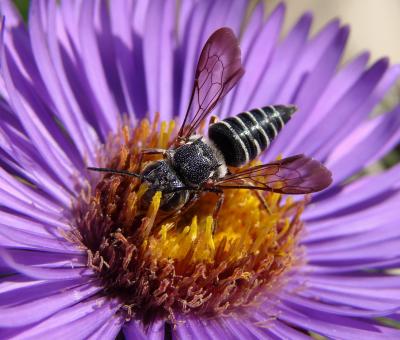They are called camel crickets, cave crickets, spider crickets, or sprickets. Among the places they live are in damp basements and garages. They are harmless. There are 150 different species of them in North America, Entomology Today reports. Until recently, the site says, the camel crickets found in basements and garages were native species. But no more.
A citizen science project by researchers at North Carolina State University found that 90 percent of the camel crickets observed by the researchers or reporting citizens were greenhouse camel cricket (Diestrammena asynamora), a non-native species from Asia long known in greenhouses, but not in basements.
To make things even more interesting, photographs of camel crickets sent from the northeastern US appear to depict Diestrammena japanica, which hadn’t been formally reported in the US before.
Entomology Today article.
NC State University Camel Cricket project site.
Journal article on the project.

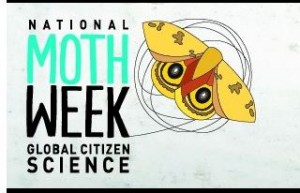 National Moth Week is July 19 – 27. While most state wildlife departments struggle to include invertebrates of any kind in their program, if you are looking for educational opportunities, this one is as worthy as any. The week was founded and promoted by
National Moth Week is July 19 – 27. While most state wildlife departments struggle to include invertebrates of any kind in their program, if you are looking for educational opportunities, this one is as worthy as any. The week was founded and promoted by 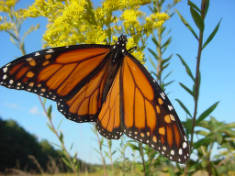 The number of monarch butterflies wintering in Mexico has plummeted in the last two years. Many factors are involved, but widespread use of glyphosate (an herbicide) is one cause that’s under human control.
The number of monarch butterflies wintering in Mexico has plummeted in the last two years. Many factors are involved, but widespread use of glyphosate (an herbicide) is one cause that’s under human control.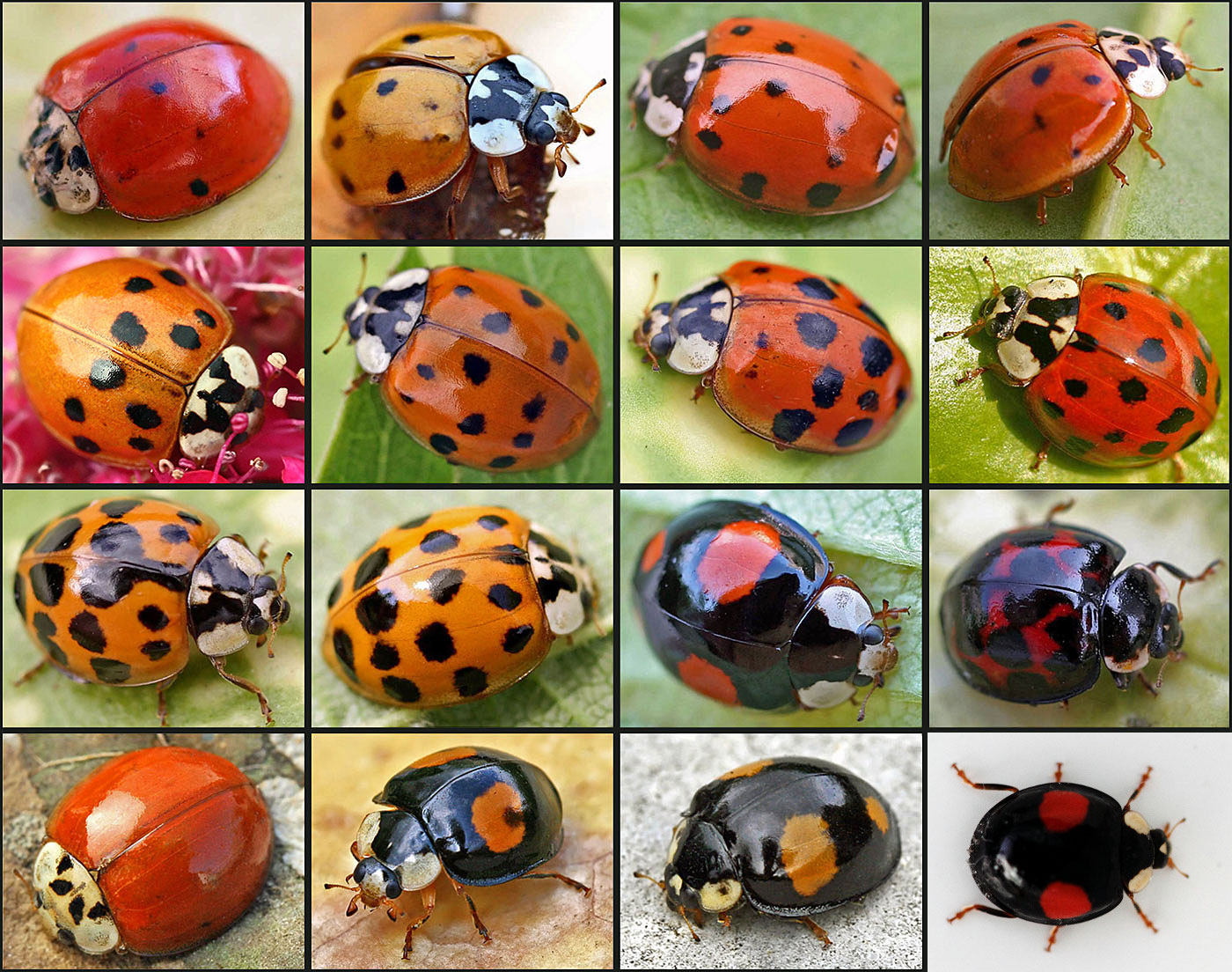
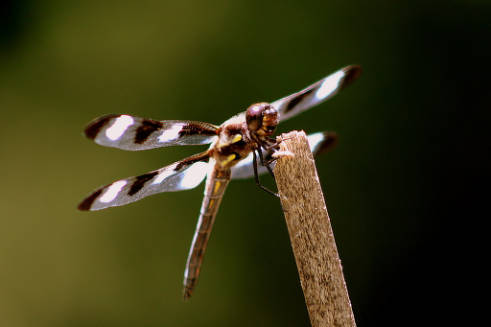 The news is not that
The news is not that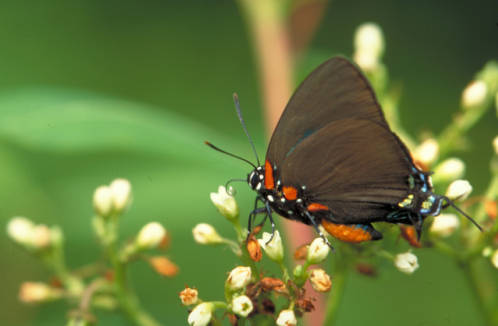
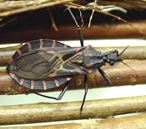 Chagas disease, spread by kissing bugs or reduviid bugs is a scourge in South America, has the potential to cause heart failure. The symptoms can be chronic and go on for years.
Chagas disease, spread by kissing bugs or reduviid bugs is a scourge in South America, has the potential to cause heart failure. The symptoms can be chronic and go on for years.